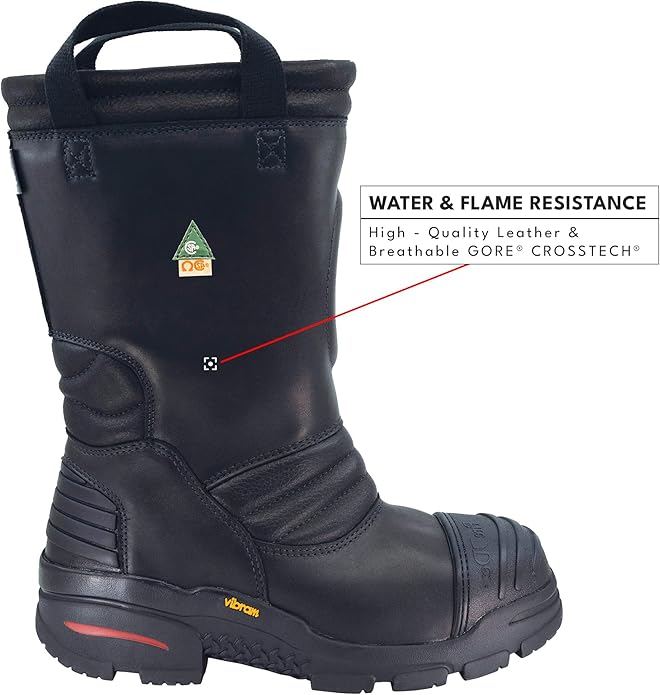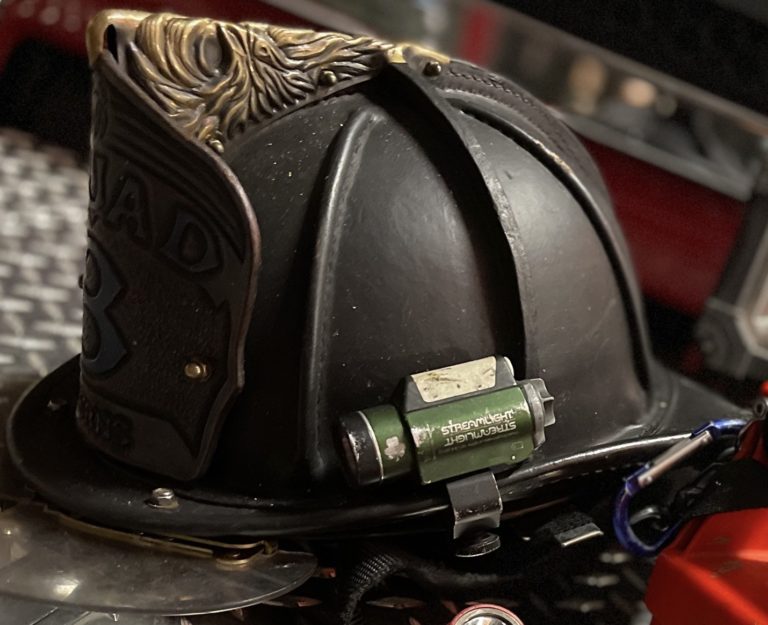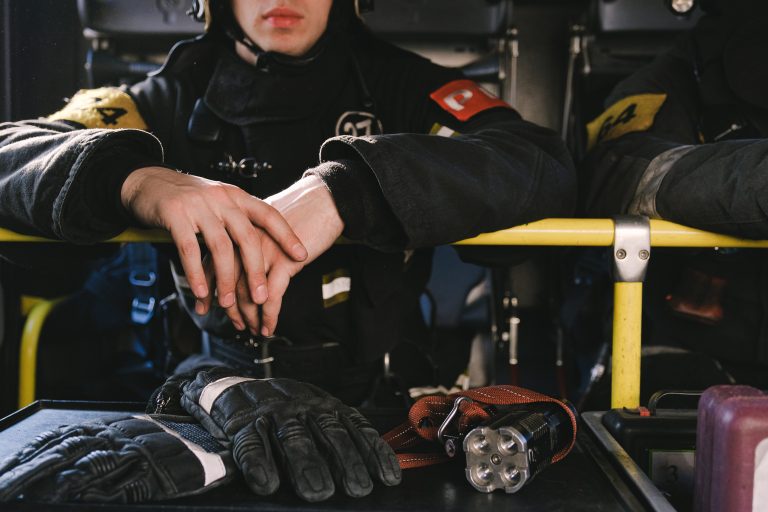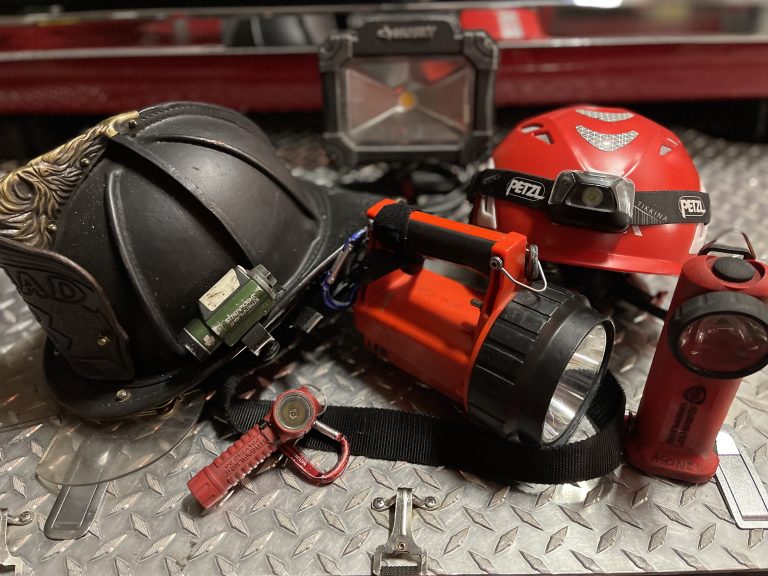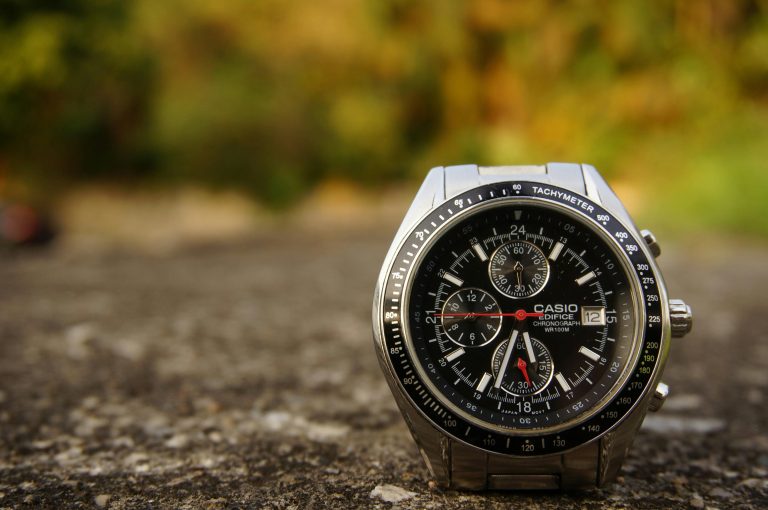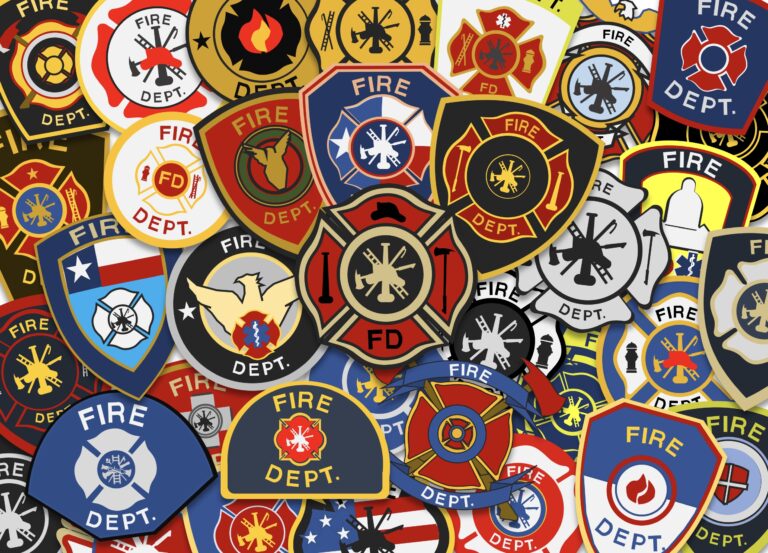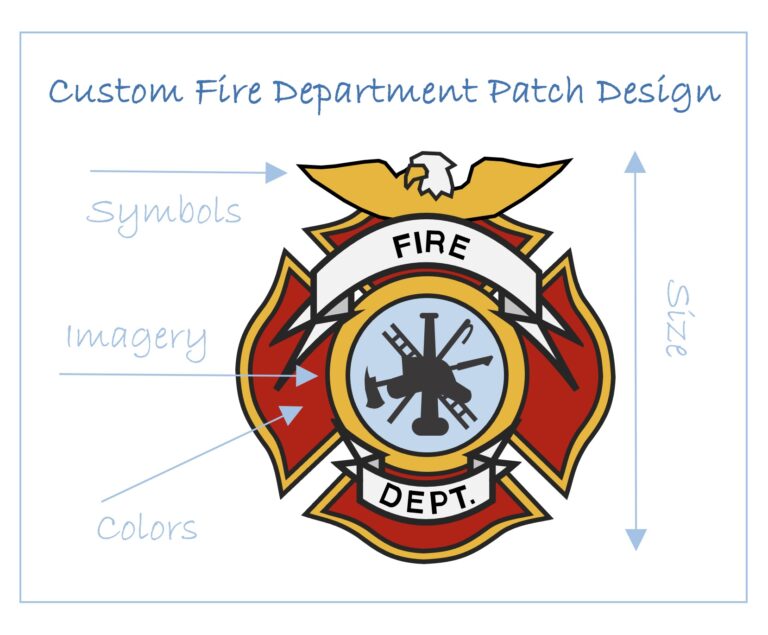Firefighter
Essentials
Get the best firefighter gear, apparel, tools, equipment and collectibles today!
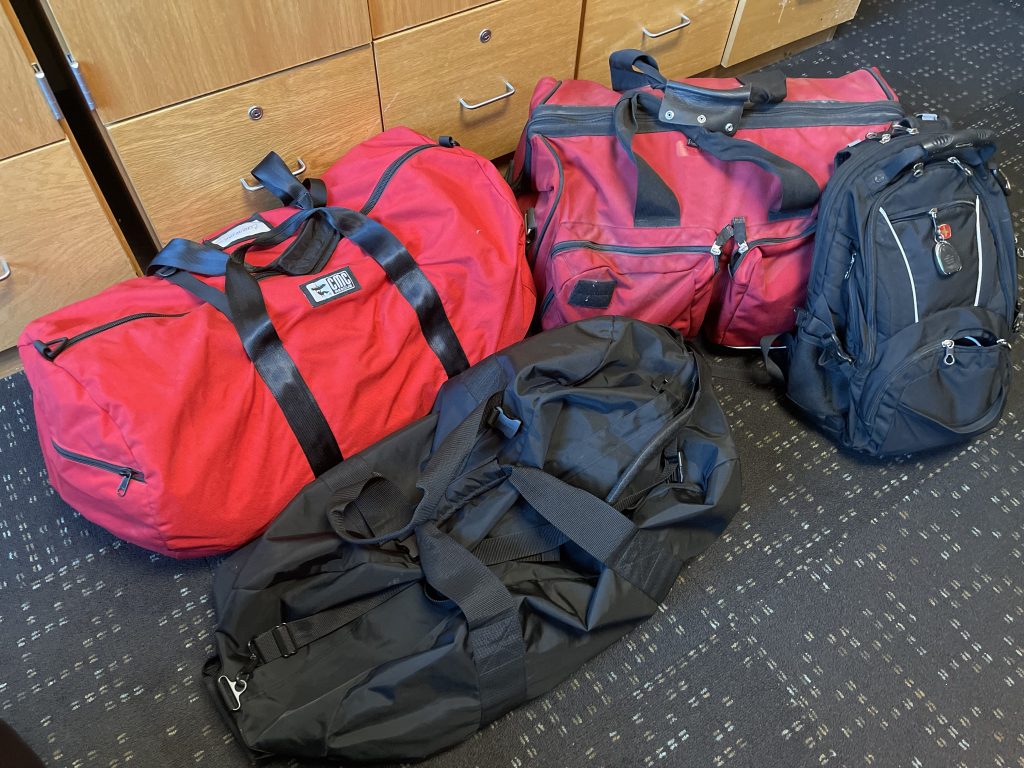
Gear and Apparel
Dive into firefighter gear and apparel through essential guides, reviews, and articles.

Tools and Equipment
Check out firefighter tools and equipment through essential guides, reviews, and articles.
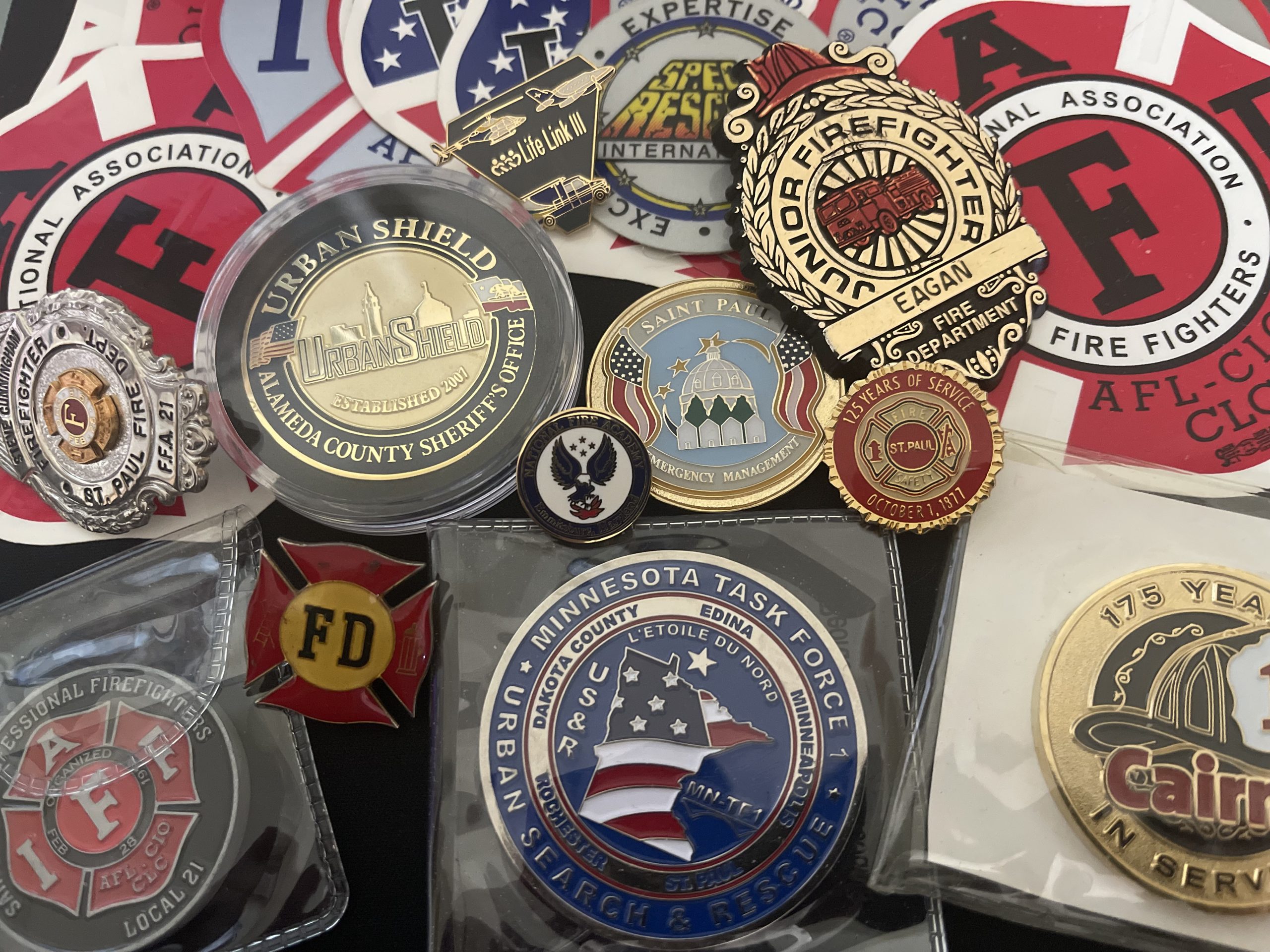
Custom Collectibles
Discover firefighter collectibles through essential guides, reviews, and articles.
Researching the Fire Department Hiring Process

Becoming a firefighter can be easier if you know what the hiring process involves. To get started, do your research and learn about how fire departments hire new firefighters. This will help you be better prepared and more competitive when you apply.
Essentials Trending
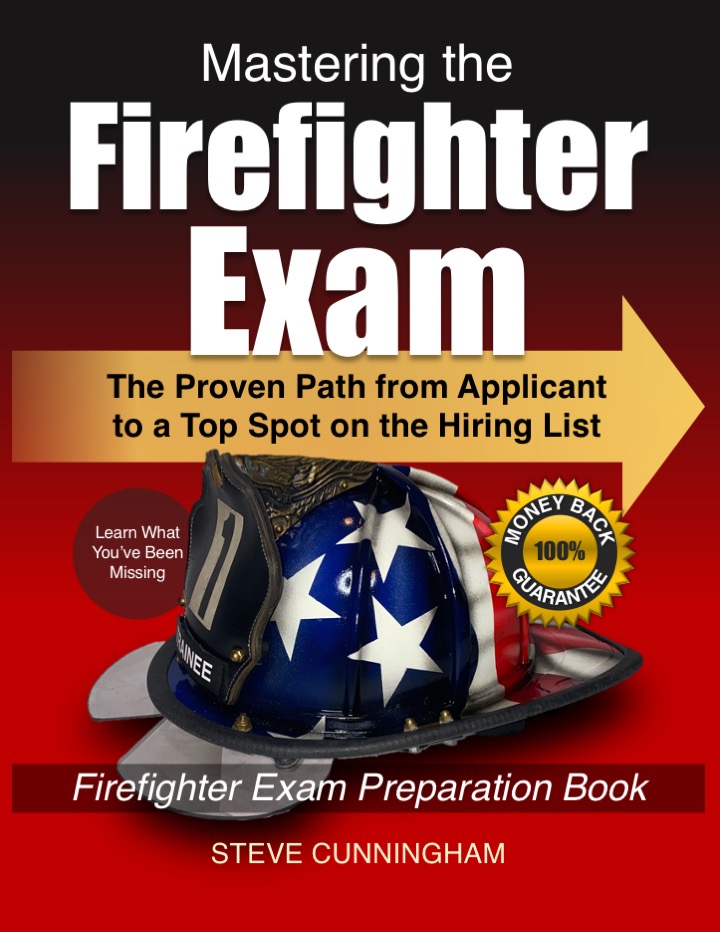
Mastering the Firefighter Exam is a complete guide on how to pass the firefighter exam with a top score. It simplifies the complicated hiring practices of big city fire departments and reveals insider information most candidates don’t know about.
If You Would Like To Know How To Get A Head Of Your Competition, This Book Is For You.
FAQ
Surprisingly no, most large metropolitan fire departments do not require a college degree or advanced certifications for employment. Instead, the hiring decision is primarily based on the candidate’s intelligence and physical abilities. Once hired, new firefighters are usually sent through a recruit academy to receive training and certification specific to their jurisdiction.
However, many mid-sized and smaller departments require EMT and Firefighter I & II certifications.
While an advanced education, such as EMT and Firefighter I & II certification, may not be a mandatory requirement to apply, having these certifications can give you an edge over your competition during the later stages of the assessment process.
Research the hiring requirements of your target department to find out.
Emergency Medical Technicians (EMT) in the United States, including EMT-Basic (EMT-B), EMT-Intermediate (EMT-I), and EMT-Paramedic (EMT-P):
EMT-Basic (EMT-B): EMT-B is the entry-level certification for emergency medical responders. Training typically involves around 120 to 150 hours of coursework. EMT-Bs are trained to provide basic life support (BLS) care, including CPR, bleeding control, fracture management, and patient assessment. They can assist with administering oxygen and some medications.
EMT-Intermediate (EMT-I): EMT-I is an intermediary level between EMT-B and EMT-P. Training includes more advanced skills and typically involves 200 to 400 hours of coursework. EMT-I practitioners can administer a wider range of medications, perform more advanced airway procedures, and use more specialized equipment. EMT-I certification varies by state and may be categorized as EMT-I85 or EMT-I99, indicating the level of training and scope of practice.
EMT-Paramedic (EMT-P): EMT-P is the highest level of EMT training and involves the most extensive coursework. Training typically requires 1,000 to 1,800 hours of education and clinical experience. EMT-Ps are trained to perform advanced life support (ALS) procedures, including advanced airway management, cardiac monitoring, defibrillation, and administering various medications. They have a more comprehensive understanding of medical conditions and are trained to make critical emergency decisions.
EMTs at all levels play vital roles in pre-hospital care, but their scope of practice and the complexity of the procedures they can perform increase with each level of training. EMT-Bs provide initial emergency care, EMT-Is have an intermediate level of skills and knowledge, and EMT-Ps are the most advanced practitioners capable of providing high-level pre-hospital care. The specific training requirements and scope of practice can vary by state and region, so it’s essential to check local regulations and guidelines for each level of EMT certification.
The Candidate Physical Ability Test (CPAT) is a rigorous physical fitness examination designed to assess the physical capabilities of aspiring firefighters. It simulates the demanding tasks and conditions firefighters encounter, ensuring that candidates possess the required strength, endurance, and agility.
CPAT typically consists of eight timed events: stair climbing, hose dragging, ladder raising, equipment carrying, and forcible entry. Candidates must complete these tasks within a specified time frame while wearing firefighting gear, including a self-contained breathing apparatus (SCBA), which adds to the challenge.
While the Candidate Physical Ability Test (CPAT) is a widely recognized physical fitness test for aspiring firefighters, it’s important to note that it’s not the exclusive assessment method.
Fire departments may also employ other evaluations, such as the timed physical ability test or a competitive testing process, to assess candidates’ physical fitness and readiness for the demands of firefighting.
These additional tests may vary in format and requirements, offering fire departments flexibility in selecting the most suitable evaluation method for their needs and priorities. Therefore, candidates should be prepared for various physical assessments as part of the firefighter hiring process, with each test tailored to the department’s criteria and standards.
The promotional opportunities for firefighters typically follow a hierarchical structure within a fire department. Here’s an explanation of the leading promotional positions, starting with the lieutenant and progressing to the fire chief:
Lieutenant: Lieutenants are typically the first-level officers in a fire department. They are responsible for supervising a team of firefighters during emergency responses and ensuring that tasks are carried out effectively. Promotion to the position of lieutenant often involves a competitive process that assesses a firefighter’s experience, leadership skills, and knowledge of firefighting procedures.
Captain: Captains hold a higher rank than lieutenants and have more significant responsibilities. They may lead a company or station, oversee daily operations, and make decisions during emergencies. Captains are responsible for the personnel, equipment, and resources under their command. Promotion to the position of captain often requires experience as a lieutenant, successful completion of promotional exams, and demonstrated leadership capabilities.
Battalion Chief or District Chief: Battalion chiefs (sometimes called district chiefs) are officers who manage multiple fire companies or stations within a geographic area known as a battalion or district. They coordinate responses to major incidents, oversee resources, and ensure operations run smoothly. Battalion chiefs often have considerable experience as captains and typically undergo a competitive promotion process that includes examinations and assessments of leadership abilities.
Deputy Chief: Deputy chiefs hold higher-ranking administrative positions within the fire department. They may have specialized responsibilities such as overseeing specific training, operations, or logistics divisions. Deputy chiefs collaborate closely with the fire chief and other high-ranking officers to manage the department efficiently. Promotion to deputy chief typically requires extensive experience, leadership skills, and a thorough understanding of fire department operations.
Fire Chief: The fire chief is the highest-ranking officer in a fire department and serves as its leader. The fire chief oversees the department’s overall administration, strategic planning, budgeting, and decision-making. Fire chiefs often have extensive experience in various leadership roles and are chosen based on their qualifications and the approval of city or municipal authorities.
Promotions within the fire service are typically competitive and based on factors such as experience, performance evaluations, education, and the successful completion of promotional exams. The specific requirements and criteria for each rank may vary by department, so firefighters aspiring to advance in their careers should consult their department’s policies and guidelines.
The timeline for becoming a firefighter, from the initial application to actual hire, can vary widely depending on several factors, including the specific fire department, the region, and the demand for firefighter positions. However, a general timeline might look like this:
Application Period: The first step is to wait for the fire department to announce a job opening or recruitment drive (30-60 days). This can happen periodically or as needed based on the department’s staffing requirements.
Application Submission: Once the application period is open, you must submit your application within the “open application” time frame, usually 30 days, including personal information, educational background, work history, and relevant certifications.
Written Examination: If your application is accepted, you may be invited to take a written examination. This step can occur a few weeks to months after the application deadline.
Physical Agility Test: You’ll usually undergo a physical agility test after passing the written exam. The scheduling of this test can vary, but it’s typically within a month or two of the written exam.
Oral Interview: If you pass the physical agility test, you may be invited for an oral interview. The timing of this interview can vary but often occurs within a few weeks to a couple of months after the physical agility test.
Background Check and Screening: Following the oral interview, you’ll undergo background checks, medical examinations, and potentially psychological evaluations. The duration of these checks can vary, but they may take a few weeks to complete.
Conditional Offer of Employment: If you successfully pass all assessments and screenings, you may receive a conditional offer of employment. This offer is typically contingent on the successful completion of further requirements.
The entire process, from application to full-time employment, can take several months to over a year, depending on various factors. It’s essential to remain patient, stay informed about the progress of your application, and be prepared for each step of the process, as it can be competitive and demanding.
The timeline to become a volunteer firefighter can vary depending on the specific volunteer fire department and its recruitment process. Here’s a general overview of the steps involved and the potential timeframes:
1. Application Submission: You can typically apply to become a volunteer firefighter when the department accepts applications. This can happen periodically or on an ongoing basis.
2. Interview and Assessment: After submitting your application, the department may schedule an interview and assessment to evaluate your suitability for the role. This step can vary in timing but often occurs within a few weeks to a few months after the application submission.
3. Background Check and Screening: Following a successful interview and assessment, the department will likely conduct a background check, medical examination, and sometimes a psychological evaluation. The duration of these checks can vary but may take a few weeks to complete.
4. Training: Once you pass the background check and screening, you’ll typically need to complete volunteer firefighter training, which can range from a few weeks to several months, depending on the department’s requirements.
5. Probationary Period: After completing training, you may enter a probationary period during which your performance and conduct will be closely monitored. This period can vary but is often several months to a year.
6. Full Volunteer Status: Upon completing the probationary period and all requirements, you’ll become a full-fledged firefighter and officially join the volunteer fire department.
The entire process, from submitting your application to becoming a full volunteer firefighter, can take several months to a year or more, depending on factors like the department’s specific procedures, the availability of training, and the time it takes to complete background checks and assessments. Volunteer fire departments often have unique timelines and requirements, so it’s essential to check with the department you’re interested in joining for the most accurate information on their volunteer firefighter recruitment process.
The timeline to become a wildland firefighter, from the initial application to actual hire, can vary depending on the specific wildland firefighting agency and the time of year. However, here’s a general overview of the process:
1. Application Period: Wildland firefighting agencies often open recruitment periods at specific times of the year, typically in the months leading up to the wildfire season. This is when you can submit your application.
2. Application Review: After you submit your application, the agency will review it to ensure you meet the minimum qualifications, including age, education, and physical fitness requirements.
3. Interview and Assessment: If your application is successful, you may be invited for an interview or assessment. This step can vary in timing but often occurs within a few weeks to a few months after the application deadline.
4. Wildland Fire Training: If you pass the interview and assessment, you’ll typically need to complete wildland firefighting training. This training can range from a few weeks to several months, depending on the agency and the specific role you’re training for.
5. Hiring Process: Once you complete training and meet all other requirements, the agency may offer you a position as a wildland firefighter.
The entire process, from submitting your application to hiring, can take several months. It’s essential to know that wildland firefighting agencies often have seasonal needs, so the timing can vary depending on when the fire season begins in your region. Additionally, the competitiveness of the application process can influence the timeline, as agencies may receive a high volume of applications.
To get the most accurate and up-to-date information on the hiring process for a specific wildland firefighting agency, it’s recommended to check the agency’s website or contact their human resources department directly.

“Aspiring firefighters, here’s some valuable advice: when preparing for the Firefighter Physical Ability Test (PAT), your first purchase should be a weight vest. Why do you ask? Every firefighter PAT requires you to wear one during the exam. Enter the weight vest: your closest ally in replicating real-world conditions during the test. Check out our top three picks for the best weight vests.”

